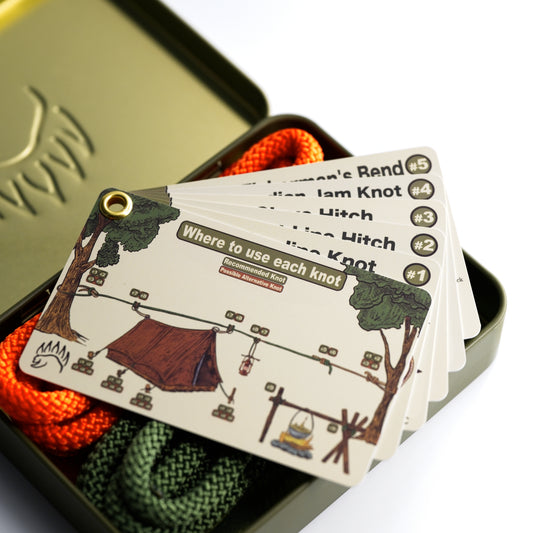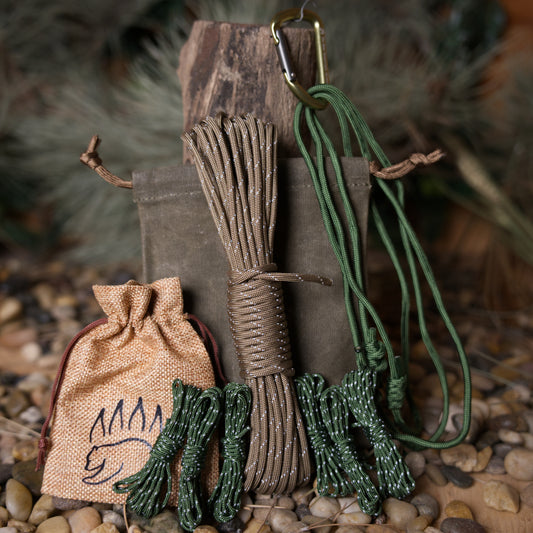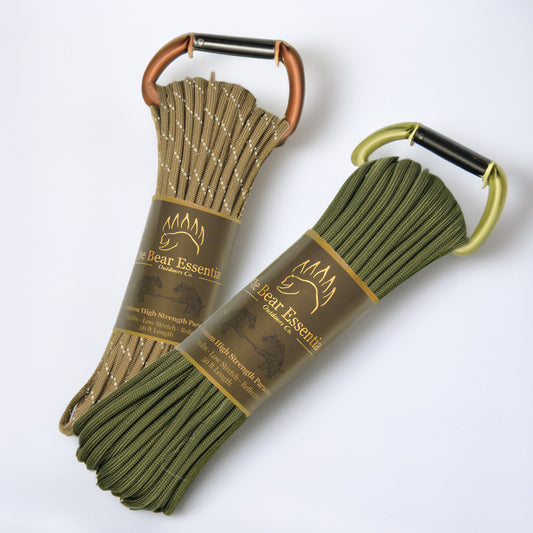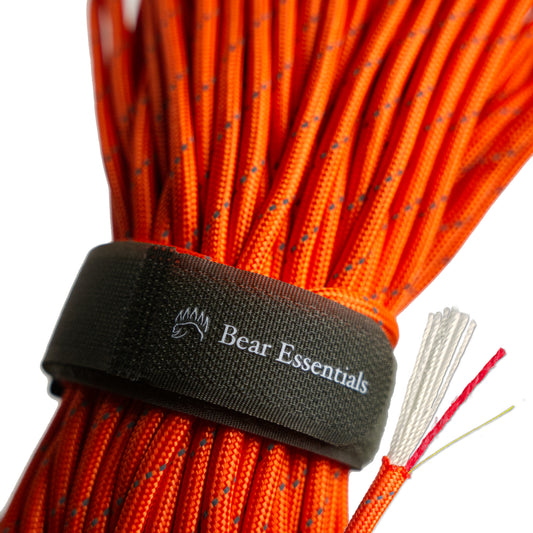How to Tie the Girth Hitch
Usage
The Girth Hitch is commonly used to secure a sling or rope to an anchor, such as a tree, pole, or carabiner, in climbing, bushcraft, and utility tasks, providing a quick and reliable attachment.
Why Learn the Girth Hitch?
Its straightforward design ensures fast, dependable anchoring. This knot is a go-to for climbers and bushcrafters needing quick ties.
Common Uses
-
Climbing:
- Attaches slings to carabiners or anchors for climbing systems.
- Secures ropes to trees or rocks for temporary anchor points.
-
Bushcraft:
- Ties slings to branches or poles for shelter frameworks.
- Creates quick attachments for hanging gear or tools.
-
Utility:
- Fastens ropes or slings to poles for securing loads.
- Binds equipment to anchors for short-term setups.
ABOK Number
(Ashley Book of Knots)
Other Names
Category
|
Notable Features
- Quick to tie: Forms in seconds, ideal for rapid setups.
- Versatile use: Suits slings or ropes for anchors or gear.
- Simple structure: Easy to learn, even for beginners.
- Reliable hold: Grips well under moderate tension.
- Field-friendly: Works with natural or improvised anchors.
Variations
No true variations listed in the provided data. When tied with a rope instead of a sling, it’s sometimes called a Cow Hitch, though this may reduce security.
Similar Knots
Clove Hitch vs. Girth Hitch
- Pros: More adjustable and secure for sustained loads on ropes.
- Cons: More complex and less suited for slings than the Girth Hitch.
Klemheist Hitch vs. Girth Hitch
- Pros: Stronger grip and adjustable for climbing with loops.
- Cons: More intricate and less quick to tie than the Girth Hitch.
History
The Girth Hitch, referenced in The Ashley Book of Knots (#1693), likely originated in maritime and early climbing contexts where quick, simple attachments were needed for ropes or slings to anchors. Its versatility made it a staple in climbing for securing slings to carabiners or natural anchors. Its use in bushcraft and utility tasks reflects its simplicity and effectiveness for rapid setups.
Security Level
The Girth Hitch provides reliable holding for light to moderate loads when tied correctly, securely attaching slings or ropes to anchors under tension. It performs best with flat slings or textured ropes and a stable anchor. For heavy or critical loads, a more secure knot like the Clove Hitch or Klemheist Hitch is recommended to prevent slippage.
Downsides
- Slipping risk: May loosen on slick or rounded surfaces without tension.
- Limited strength: Less secure for heavy loads compared to complex hitches.
Structure
- Pass a loop of the sling or rope around the anchor (e.g., tree, pole, or carabiner).
- Feed the entire sling or the working end of the rope through the loop.
- Pull the sling or standing line to tighten the loop around the anchor.
- Adjust the hitch to ensure it sits snugly against the anchor.
- Test the hitch by applying tension to confirm it holds securely.
Pro Tip: Ensure the loop is tight to prevent slipping, especially with slings.
FAQ
Is the Girth Hitch strong enough for climbing anchors?
Yes, for light to moderate loads with slings, but test and avoid critical applications.
What’s the best material for the Girth Hitch?
Flat nylon slings or non-stretch ropes, like 6–8mm, work well.
How does the Girth Hitch compare to the Clove Hitch?
The Girth is simpler and better for slings, but the Clove is more adjustable for ropes.
Can the Girth Hitch be used in bushcraft?
Yes, it’s great for quick attachments to branches or poles for shelters.
Why choose the Girth Hitch over a Klemheist Hitch?
It’s faster and simpler to tie, though less secure for heavy climbing loads.
Important Notes on Safety
Common failure points include a loose loop or slick anchor surface, which can cause slipping. Always verify the hitch is tight and the anchor is stable before loading.
Check the sling or rope for wear before tying.
Ensure the loop is snug and tensioned to prevent slippage.
Practice in low-stakes settings to master the technique.









